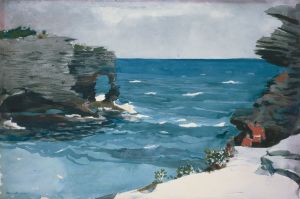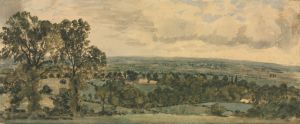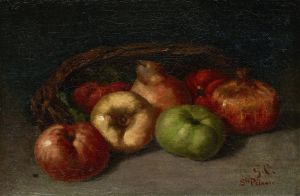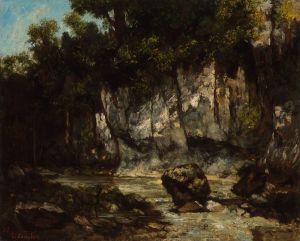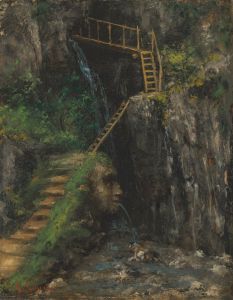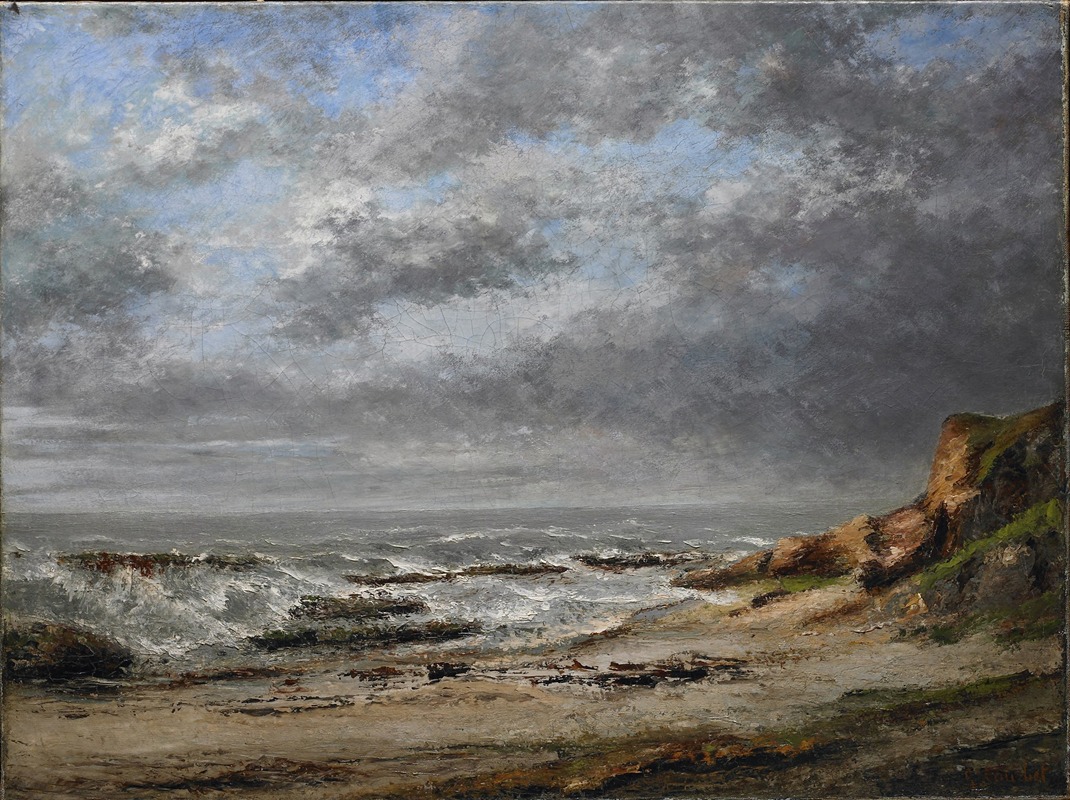
View of a rough sea near a cliff
A hand-painted replica of Gustave Courbet’s masterpiece View of a rough sea near a cliff, meticulously crafted by professional artists to capture the true essence of the original. Each piece is created with museum-quality canvas and rare mineral pigments, carefully painted by experienced artists with delicate brushstrokes and rich, layered colors to perfectly recreate the texture of the original artwork. Unlike machine-printed reproductions, this hand-painted version brings the painting to life, infused with the artist’s emotions and skill in every stroke. Whether for personal collection or home decoration, it instantly elevates the artistic atmosphere of any space.
"View of a Rough Sea near a Cliff" is a painting by the renowned French artist Gustave Courbet. Courbet, a leading figure of the Realism movement in 19th-century art, is known for his commitment to depicting everyday scenes and landscapes with unidealized naturalism. This particular work exemplifies his dedication to capturing the raw and untamed beauty of nature.
The painting portrays a turbulent seascape, with waves crashing against a rugged cliff. Courbet's use of a dark and moody palette, combined with his dynamic brushwork, effectively conveys the power and movement of the sea. The composition is dominated by the interplay of light and shadow, which enhances the dramatic effect of the scene. The viewer can almost feel the force of the wind and the spray of the saltwater, a testament to Courbet's skill in rendering the sensory experience of nature.
Courbet's interest in seascapes can be traced back to his travels along the coast of Normandy and the Mediterranean. These journeys provided him with ample inspiration and allowed him to study the sea in its various moods and conditions. "View of a Rough Sea near a Cliff" is one of several marine paintings he produced during his career, each reflecting his fascination with the elemental forces of nature.
The painting is also significant in the context of Courbet's broader artistic philosophy. As a Realist, Courbet sought to break away from the idealized and often romanticized depictions of nature that were prevalent in academic art at the time. Instead, he aimed to present the natural world as it truly was, with all its imperfections and unpredictability. This approach is evident in "View of a Rough Sea near a Cliff," where the sea is depicted not as a serene and picturesque scene, but as a powerful and potentially dangerous force.
Courbet's work had a profound impact on the art world, influencing subsequent generations of artists. His emphasis on realism and his willingness to tackle unconventional subjects paved the way for later movements such as Impressionism and Modernism. "View of a Rough Sea near a Cliff" stands as a testament to his innovative spirit and his enduring legacy in the history of art.
Today, Gustave Courbet is celebrated as one of the pioneers of modern art. His works are held in major museums and collections around the world, where they continue to be admired for their technical mastery and their bold, unflinching portrayal of reality. "View of a Rough Sea near a Cliff" remains a powerful example of his ability to capture the essence of the natural world, and it continues to resonate with viewers for its emotional intensity and its striking visual impact.







